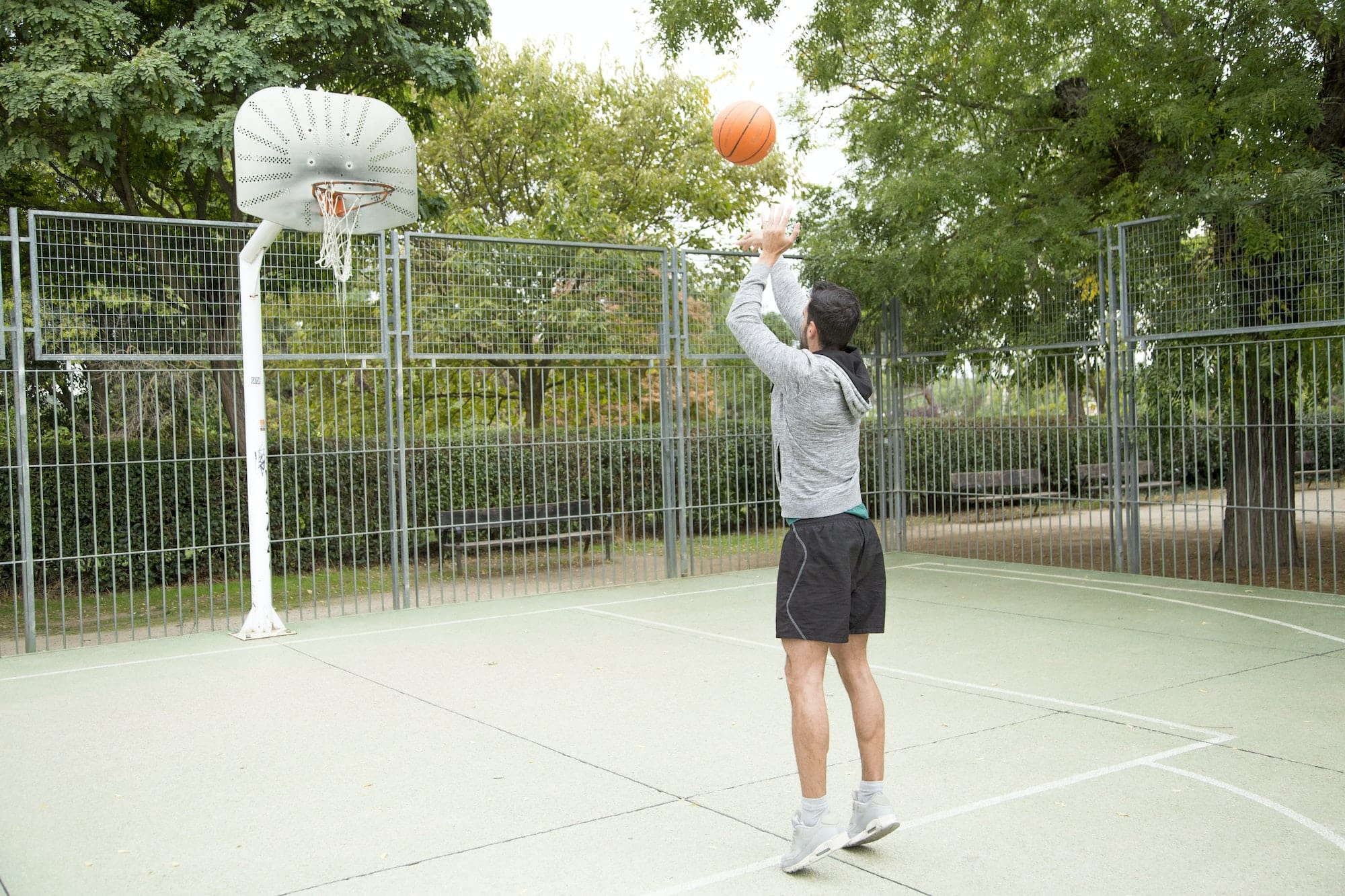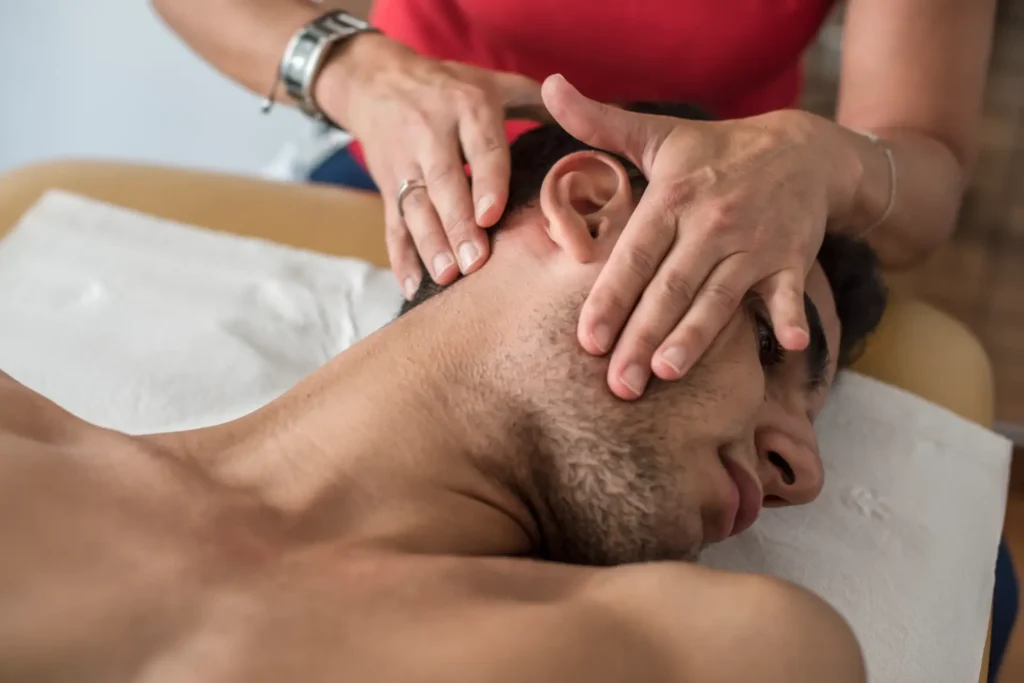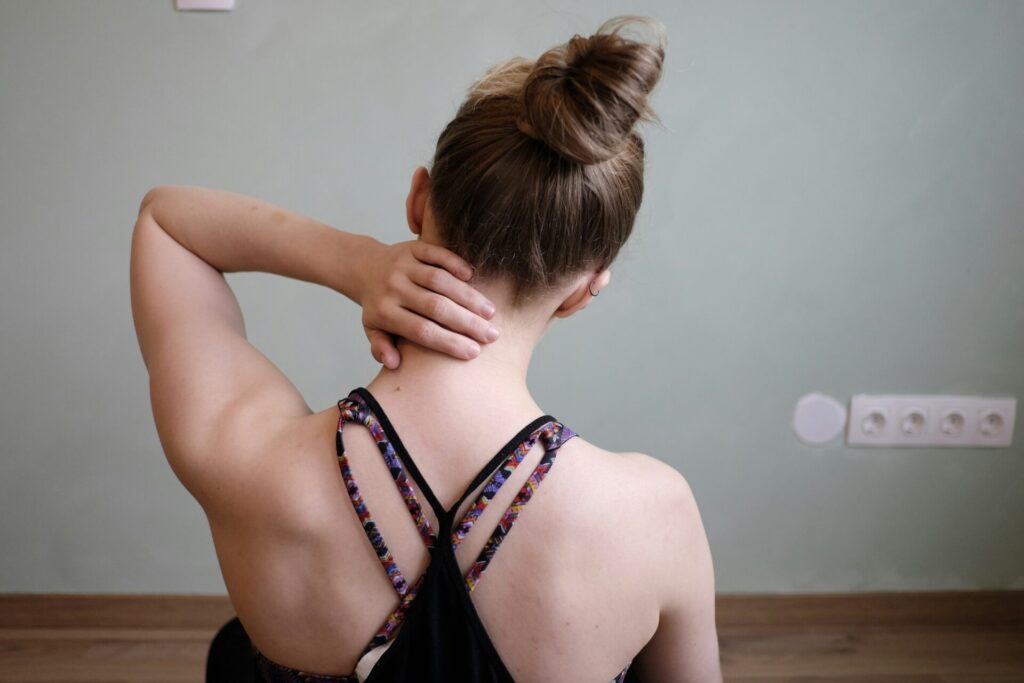Shoulder pain can be a significant hindrance for individuals seeking a healthier lifestyle, particularly those who engage in sports and physical activities like throwing a ball. This discomfort can adversely affect athletic performance and everyday functionality.
If you have experienced shoulder pain when throwing a ball, it is crucial to gain a deeper understanding of the underlying causes, explore potential treatments, and consider seeking professional care. In this blog post, we will delve into the scientific aspects of shoulder pain when throwing a ball and provide insights into ways to alleviate this issue.
The Mechanics of Throwing and Shoulder Stress:
Throwing a ball involves complex movements and places significant stress on the shoulder joint. The shoulder joint is a ball-and-socket joint formed by the humerus (upper arm bone) and the scapula (shoulder blade). The intricate network of muscles, tendons, and ligaments surrounding the joint allows for a wide range of motion during throwing.
During the throwing motion, the shoulder experiences various forces and stresses. The rapid acceleration, deceleration, and rotational forces place considerable strain on the muscles and tendons involved in the movement. The repetitive nature of throwing can lead to overuse injuries and increased vulnerability to shoulder pain.
Common Causes of Shoulder Pain When Throwing:
- Rotator Cuff Injuries: Rotator cuff injuries are a common cause of shoulder pain in individuals who throw a ball. Tendonitis, tears, and impingement of the rotator cuff tendons can occur due to repetitive motions and excessive stress on the shoulder. These injuries can result in pain, weakness, and limited range of motion.
- Labral Tears and SLAP Lesions: The labrum is a ring of cartilage that helps stabilize the shoulder joint. Labral tears and superior labrum anterior to posterior (SLAP) lesions can occur when the labrum becomes damaged or torn. These injuries often result from forceful throwing motions and can lead to pain, instability, and a feeling of catching or popping in the shoulder.
- Biceps Tendonitis and Tendinopathy: The biceps tendon, which attaches the biceps muscle to the shoulder, can become inflamed or damaged due to repetitive throwing motions. Biceps tendonitis and tendinopathy can cause pain in the front of the shoulder, along with weakness and difficulty with overhead activities.
- Shoulder Instability and Dislocation: Over time, repetitive throwing motions can contribute to shoulder instability. This occurs when the structures that hold the shoulder joint in place become loose or damaged. Shoulder instability increases the risk of dislocation, leading to acute pain and dysfunction.
Risk Factors and Prevention Strategies: Several factors increase the risk of developing shoulder pain when throwing a ball. These include:
- Overuse and repetitive motion: Excessive throwing without proper rest and recovery can strain the shoulder.
- Poor throwing mechanics and technique: Incorrect form and technique can place undue stress on the shoulder joint.
- Muscle imbalances and weakness: Weakness or imbalances in the muscles supporting the shoulder can contribute to pain and injury.
To prevent shoulder pain when throwing, consider the following strategies:
- Engage in proper warm-up exercises and stretching routines specifically targeting the shoulder and surrounding muscles.
- Gradually increase the intensity and duration of throwing activities to allow the body to adapt.
- Incorporate exercises to strengthen the rotator cuff muscles and improve overall shoulder stability.
- Seek guidance from a qualified coach or physical therapist to ensure proper throwing mechanics.
Seeking Professional Care: Chiropractic Approach:
Chiropractic care offers a non-invasive and drug-free approach to managing shoulder pain when throwing a ball. Chiropractors are trained to assess and treat musculoskeletal conditions, including those affecting the shoulder joint. Through a comprehensive evaluation, chiropractors can identify the underlying cause of the pain and develop a personalized treatment plan.
Chiropractic care for shoulder pain may involve:
- Chiropractic adjustments: These manual techniques can restore joint mobility, alleviate pain, and improve overall shoulder function.
- Soft tissue therapies: Chiropractors may use techniques like myofascial release, trigger point therapy, and instrument-assisted soft tissue mobilization to address muscle imbalances and reduce tension.
- Rehabilitation exercises: Chiropractors can prescribe specific exercises to strengthen the shoulder muscles, enhance stability, and improve the range of motion.
- Lifestyle modifications: Chiropractors may provide advice on posture, ergonomics, and proper body mechanics to prevent further injury.
Lifestyle Modifications and Rehabilitation:
In addition to professional care, certain lifestyle modifications and rehabilitation techniques can aid in the recovery and prevention of shoulder pain when throwing a ball. These include:
- Allowing sufficient rest and modified activity levels during the recovery phase.
- Following a tailored rehabilitation program that includes stretching, strengthening, and stability exercises.
- Gradually returning to throwing activities while ensuring proper form and technique.
- Incorporating cross-training activities to improve overall body strength and reduce overreliance on the shoulder.
Shoulder pain when throwing a ball can significantly impact individuals seeking a healthier lifestyle and engaging in sports or physical activities. By understanding the mechanics of throwing, recognizing common causes of shoulder pain, implementing prevention strategies, and seeking professional care such as chiropractic treatment, it is possible to alleviate discomfort and regain optimal shoulder function.
Take the first step towards recovery by booking an appointment at Prestige Health and Wellness, where experienced professionals can provide personalized care tailored to your specific needs. Remember, prioritizing your shoulder health will help you enjoy sports and an active lifestyle to the fullest.




